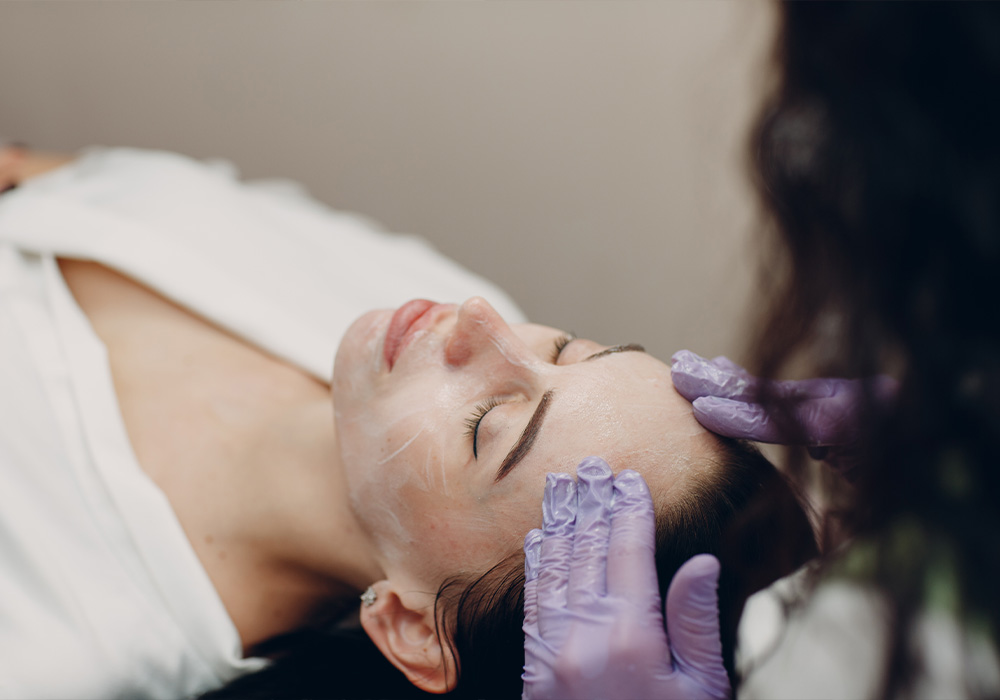When patients come into the Palo Alto, CA, offices of facial plastic surgeons Drs. David M. Lieberman, MD, and Sachin S. Parikh, MD, they aren’t necessarily concerned with the authenticity of their Botox Cosmetic, Dysport or Xeomin—but it’s something the practice has a very strict protocol for handling.
“Whenever someone comes in for Botox, or for any injectable for that matter, our medical assistant takes the product out of the box and fills the syringe in front of the patient,” Dr. Parikh explains. “Illegally imported injectables and fillers can be prevalent in some areas and patients should always be on the lookout for counterfeit products.”
Scottsdale, AZ, facial plastic surgeon Kelly V. Bomer, MD, also doesn’t have patients worried about where the Botox Cosmetic comes from at her practice, but she says if she did, she would reassure them that she purchases it from Allergan, the only company that sells the FDA-approved version for cosmetic injection.
“This can be verified by the patient by looking it up on the Internet with search term ‘Allergan Botox doctors.’ When the ZIP code is placed into the site, the doctors whom Allergan contracts with come up in a list on the Allergan site for patients to find doctors to perform Botox injections.”
“In this way, patients can verify that the Botox at this doctor’s office is coming from Allergan. If the price of Botox is suspiciously low, this is when patients should suspect that it is not coming from an FDA-approved source. It is very important for safety that Botox is only injected into a patient when it is from Allergan. If it comes from an alternate source, the dose being injected into the patient could be incorrect and cause harm. There are instances where this has occurred, which led to severely overdosed patients.”
While visiting a board-certified plastic surgeon, facial plastic surgeon or dermatologist practicing in scope is a super important step, the International Society for Aesthetic Plastic Surgery (ISAPS) also shares some additional guidelines for “checking the Botox box” if you have any suspicions.
The organization’s official recommendation: “There is usually a holographic image [according to Allergan, the manufacturer of Botox Cosmetic, the vials have a holographic film on the label that contains the name ‘Allergan’ within horizontal lines of rainbow color; in order to see the hologram, rotate the vial back and forth between your fingers under a desk lamp or fluorescent light source] printed on the vial to prove authenticity. If this is missing or is simply a shiny sticker, the product is most likely counterfeit. You should also make sure that the lot number and expiration date on the box corresponds exactly to the lot number and expiration date on the vial inside. If they don’t, then it isn’t genuine. Finally, FDA-approved Botox lists ‘OnabotulinumtoxinA’ as the active ingredient. If it says ‘Botulinum Toxin Type A’ instead, alarm bells should go off.”
The hologram-on-the-box check is something Dr. Parikh suggests as well. “All boxes of Botox have a hologram on the side, so a patient could look for that, if he or she was ever concerned about the origination of the product.” In addition, Allergan says that each vial label and carton also contains the U.S. License number 1145.
Of course, the issue of “bad injections” goes beyond just the counterfeit threat.
“Expired or contaminated products can also pose serious health issues which is why the best thing patients can do is to see a board-certified physician, with a reputable practice, who truly has their best interests in mind, Dr. Parikh says, adding that the symptoms from counterfeit or expired Botox Cosmetic could be excessive swelling—so much so that a patient can’t open their eyes or mouth—deep, dark-colored bruises that last for more than a few days, and even loss of breath. “If any of these symptoms occur, a patient should seek medical help immediately.”
You May Also Like: What’s Unexpectedly Ruining Your Botox

















